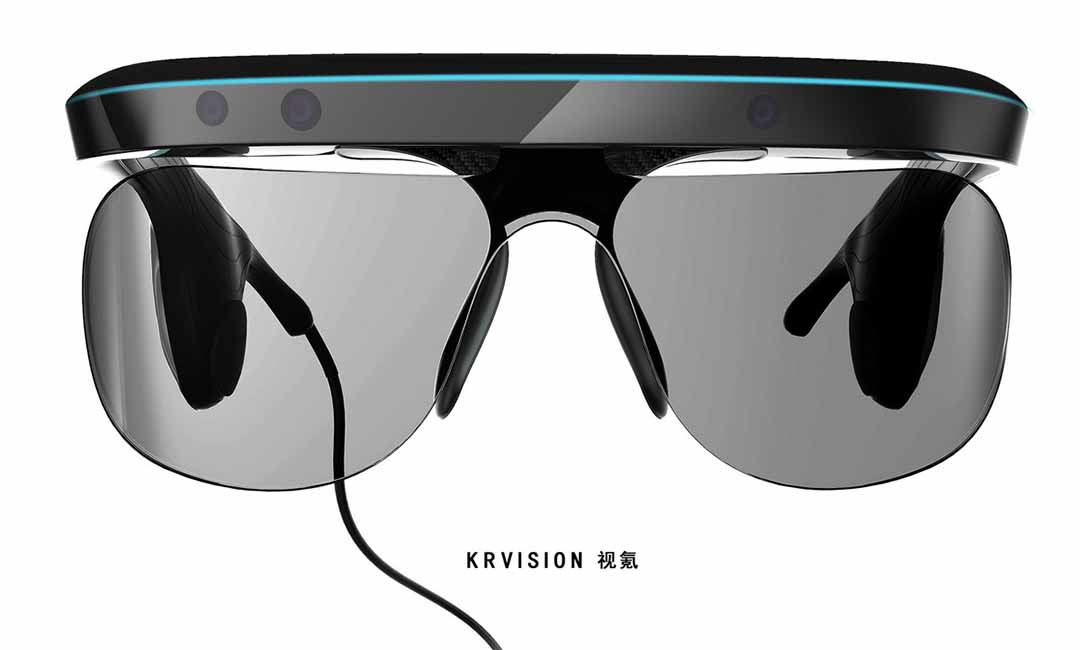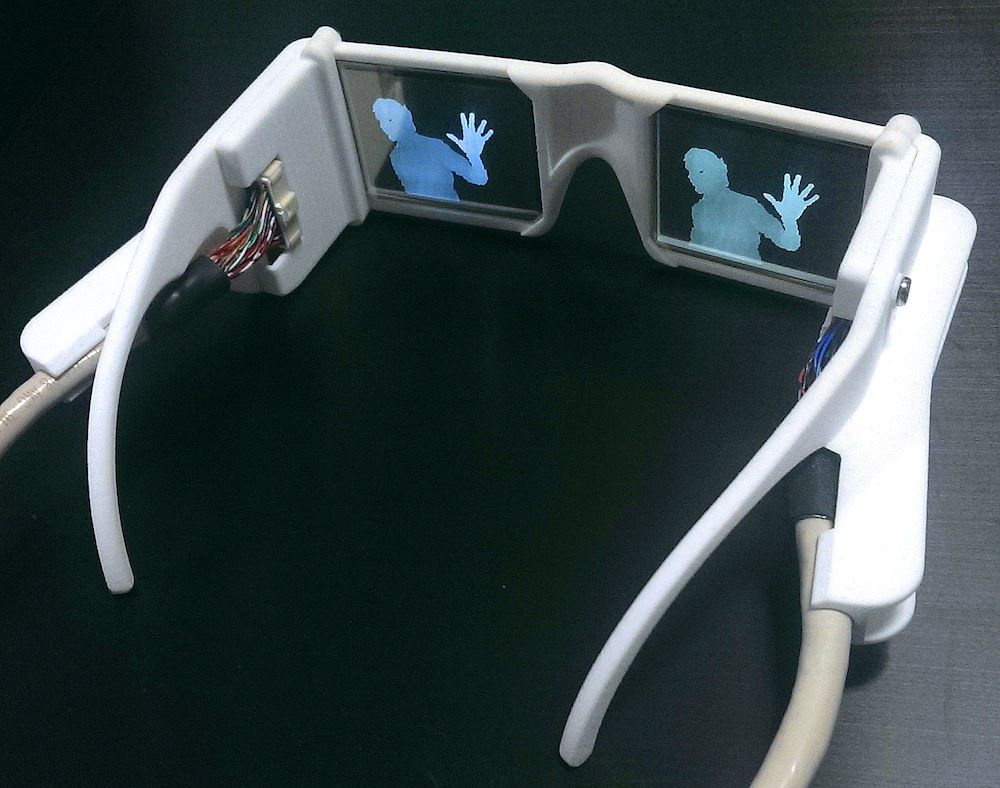AI-Powered Visual Aids: The Next Step in Assistive Technology for the Blind
AI-Powered Visual Aids: The Next Step in Assistive Technology for the Blind
Blog Article
Enhancing Access Through Assistive Innovation for the Blind
The assimilation of assistive technology for the blind stands for a pivotal development in ease of access, fundamentally altering how individuals navigate their atmospheres and involve with society. As we explore the diverse kinds of assistive gadgets and their substantial impacts on day-to-day living, it comes to be crucial to check out just how ongoing technological advancements are improving the landscape of assistance for the blind neighborhood.
Summary of Assistive Technology
Assistive technology refers to a variety of gadgets and software designed to boost the capacities of people with impairments, including those that are blind or visually damaged. This technology plays an essential duty in advertising independence and boosting the top quality of life for customers. By providing alternative methods for accessing details and executing daily jobs, assistive technology empowers people to navigate their settings better.
The development and execution of assistive innovation embrace a selection of concepts focused on cultivating ease of access. These principles include user-centered design, which prioritizes the requirements and preferences of the person, and the assimilation of innovation right into everyday activities. Such developments make sure that assistive tools are not just functional however very easy and additionally instinctive to make use of.
Moreover, assistive technology incorporates a diverse range of services, from low-tech choices like magnifiers to sophisticated developments such as display viewers and Braille display screens. The ongoing development of this field is driven by the demand to address the special difficulties faced by individuals with visual problems (Wearable technology for low vision). As innovation continues to advance, the possibility for improving availability and promoting inclusivity remains promising, eventually contributing to a more equitable society

Kinds of Assistive Gadgets
Many sorts of assistive devices are offered to support individuals that are aesthetically damaged or blind, each developed to resolve particular requirements and difficulties. These tools can be extensively classified into three major types: low-tech, mid-tech, and high-tech remedies.
Low-tech devices include products such as magnifiers, Braille tags, and tactile maps. These are reasonably straightforward tools that improve the customer's capability to communicate with their setting without requiring complicated modern technology.
Mid-tech gadgets usually include a lot more sophisticated features, such as digital magnifiers and portable Braille note-takers. These gadgets can offer capabilities like speech output, permitting individuals to accessibility info much more successfully.

Effect On Daily Living
The availability of numerous assistive devices dramatically improves the quality of life for people that are blind or aesthetically damaged, impacting their day-to-day living in extensive ways. By incorporating technologies such as screen visitors, Braille shows, and audio summary services right into their routines, customers gain better autonomy and freedom. These tools facilitate access to information, enabling individuals to carry out daily jobs, such as checking out e-mails, browsing public spaces, and appreciating media web content.
Moreover, assistive devices empower people to involve even more completely in social communications and neighborhood activities. The ability to use mobile phones equipped with accessibility attributes permits for smooth communication and connection with others. This connectivity fosters a sense of belonging and lowers sensations of isolation.
In specialist setups, assistive innovation supports performance by allowing individuals to total job tasks effectively. Tools like voice recognition software and specialized magnification gadgets allow users to join the labor force on equivalent ground with their sighted peers.

Advancements in Technology
Current technical improvements have considerably transformed the landscape of devices readily available for people who are blind or aesthetically impaired. The integration of expert system (AI) and device learning has actually triggered applications that boost navigation and item recognition. Mobile phone apps can now make use of AI to determine and describe environments in real-time, providing individuals with beneficial contextual details.
Additionally, innovations in haptic technology have caused the advancement of clever walking canes outfitted with sensors that discover obstacles and offer tactile comments. This empowers users to browse their setting with increased self-confidence and freedom. Advancements in text-to-speech software program and braille screens have actually enhanced the availability of electronic content, allowing for seamless communication with numerous media.
Wearable technologies, such as wise glasses, are also making strides in aiding aesthetic impairment. As innovation proceeds to evolve, the possibility for even more transformative tools continues to be on the perspective.
Future Trends and Innovations
As modern technology quickly advances, the future of assistive tools for people who are blind holds immense guarantee. Technologies in fabricated intelligence (AI) and artificial intelligence are positioned to reinvent the method blind customers engage with their atmospheres. For example, AI-driven applications are being created to enhance object recognition, allowing customers to determine and browse their environments with higher simplicity and accuracy.
Furthermore, innovations in haptic comments innovation are allowing the production of responsive maps and navigation aids that offer real-time details via touch. These advancements not only boost flexibility but likewise foster freedom. Additionally, wearable devices equipped with enhanced reality (AR) features are arising, using individuals visual details with audio descriptions, thus connecting the void in between the electronic and physical globes.
In addition, the combination of clever home innovation offers brand-new possibilities for ease of access, enabling individuals to manage their living atmospheres via voice commands or smartphone applications. As partnership in between tech designers and the blind neighborhood proceeds, the Wearable technology for low vision emphasis on user-centered style will make sure that future advancements are customized to meet the distinct requirements of this populace (Wearable technology for low vision). The trajectory of assistive modern technology assures a more empowering and inclusive future for individuals that are blind
Final Thought
Finally, assistive innovation plays a crucial role in improving access for people with visual problems. The varied selection of tools, including display readers and wise canes, considerably boosts daily living and cultivates self-reliance. Continual improvements in technology and user-centered design guarantee that these tools provide properly to the one-of-a-kind demands of the blind area. As technologies progress, increased inclusivity and empowerment can be expected, inevitably improving the lifestyle for those impacted by aesthetic problems.
The integration of assistive modern technology for the blind represents a crucial improvement in access, fundamentally modifying just how people browse their settings and involve with society.Assistive innovation refers to a variety of gadgets and software developed to improve the abilities of individuals with disabilities, including those that are blind or aesthetically damaged. Wearable technology for low vision.As technology swiftly proceeds, the future of assistive devices for people who are blind holds immense assurance. The trajectory of assistive modern technology guarantees a much more inclusive and empowering future for individuals who are blind
In conclusion, assistive modern technology plays a critical duty in improving ease of access for people with aesthetic impairments.
Report this page